If your Pinterest boards look cute but aren’t doing anything for your blog traffic… we need to talk.
Because here’s the truth: Pinterest isn’t just a place to save aesthetic kitchens and dream vacations. It’s a search engine—and if you’re not creating boards with strategy and SEO in mind, you’re basically throwing content into the void.
In this post, I’m showing you exactly how to create Pinterest boards that don’t just look good—they perform. We’re talking visibility, click-throughs, and yes, actual blog traffic that grows your audience.
Ready to turn your boards into a traffic-driving machine? Let’s dive in.
Why Your Boards Matter More Than You Think
Most new bloggers treat Pinterest like a digital mood board—and hey, no judgment, we’ve all pinned dreamy kitchens and birthday decor we’ll never recreate. But if you want Pinterest to work for your blog, you need to start seeing your boards as more than just collections of pretty pins.
Think of each Pinterest board as its own mini landing page. The name, the board title, the pins you save, and the keywords you use all tell Pinterest (and Google!) what your content is about. In other words, boards are searchable, and they directly impact how visible your blog content is across the platform.
When you create a board on Pinterest, you’re doing more than organising your ideas—you’re building a curated collection that can boost your reach, increase saves, and drive traffic back to your website. That’s Pinterest marketing 101.
Still pinning random ideas to one big vision board or group board? It’s time to shift gears. Creating separate boards based on your blog’s categories or content pillars not only helps you stay organised, but it also gives the Pinterest algorithm a clearer picture of your niche. More clarity = better reach.
And the best part? You don’t need a ton of followers for this to work. Pinterest is a search engine, not a social feed. That means optimising your boards with a smart Pinterest board strategy is way more powerful than chasing vanity metrics.
So if you’ve been overlooking your boards or tossing pins into the void, don’t worry. This post will walk you through how to create Pinterest boards with purpose so you can finally tap into the traffic potential that’s been hiding in plain sight.
Before you create Pinterest boards that actually drive traffic, you need to make sure your Pinterest account is set up for success, like search engine optimisation success.
That starts with switching (or confirming) that you’re using a Pinterest Business Account. Why? Because a business account gives you access to essential features like analytics, rich pins, and a claimed website—all of which are key to building a Pinterest presence that converts.
Here’s how to set it up or audit what you already have:
Step 1: Switch to a Pinterest Business Account
If you’re still using a personal account, don’t worry—this takes less than 5 minutes.
- Go to your Pinterest profile
- Click the down arrow in the top-right corner (on desktop)
- Select Convert to Business
- Follow the prompts to enter your blog name, niche, and website URL
Already have a business account? Great! You’re ahead of the game. But let’s still do a mini audit.
Step 2: Claim Your Website
Claiming your blog URL tells Pinterest you’re the original source of your content. This unlocks rich pins and ensures your blog’s branding is attached to every pin you create or save.
- Head to Settings → Claimed Accounts
- Add your domain (like theblogsocial.com)
- You’ll be given a meta tag or HTML code to add to your site—this is easy if you’re using WordPress, Divi, or plugins like Yoast SEO
Bonus: A claimed site helps Pinterest understand your niche, which makes your boards more searchable.
Step 3: Optimize Your Pinterest Profile
This is your Pinterest elevator pitch—so make it count.
- Profile name: Include a keyword related to your niche. Example: The Blog Social | Pinterest Marketing Tips
- Bio: Use a few keywords naturally. Ex: Helping bloggers grow traffic with Pinterest marketing + SEO strategies.
- Add a profile photo (keep it on-brand and friendly!)
- Ensure your Pinterest handle matches your blog or biz name
This is the foundation of your Pinterest board strategy—a clear, optimized profile signals to Pinterest what your content is all about, which boosts your chances of showing up in search.
Step 4: Clean Up Any Random Boards
Before you create new Pinterest boards, check your existing ones:
- Archive anything off-brand (like that secret board of wedding ideas from 2014)
- Move old content to a separate board or make it a secret board
- Update board titles and descriptions with relevant keywords
- Delete duplicates (you don’t need three versions of “Blog Tips”)
This audit helps organise your ideas while signaling to the Pinterest algorithm that your profile is active, intentional, and optimized.
Now that your business account is in shape, you’re ready to create Pinterest boards that are strategic, on-brand, and built to get clicks. Up next? How to actually build those boards—step-by-step.
How to Create Pinterest Boards That Drive Traffic (Step-by-Step)
Now for the good stuff: how to create Pinterest boards that actually perform. This isn’t about just picking a cute name or pinning five random images. This is about setting your boards up so they work—driving traffic, saving time, and sending your content further.
Here’s how to do it right from the start.
1. Create a Board That Aligns with Your Blog Niche
Start by creating a board that reflects one of your blog’s content pillars. If you write about productivity, blogging, or email marketing, each one deserves its own dedicated Pinterest board.
To create a board on Pinterest:
- Click your profile, then “Saved”
- Click the “+” icon → Create board
- Give it a clear, keyword-rich board title
Example: “Email List Building Tips for Bloggers” or “Blogging Tools and Resources”
Use keywords naturally—don’t stuff them. This helps your board show up in search and appear in more relevant feeds.
Need help writing the perfect board title or description? Grab my Free ChatGPT Pinterest Prompt Guide to generate SEO-friendly copy in seconds.
2. Add a Keyword-Rich Board Description
Pinterest uses your board description to figure out what your board (and content!) is about—so don’t skip this step.
Include:
- Your primary keyword (like “Pinterest marketing” or “blogging tips”)
- A few relevant secondary keywords
- A sentence or two about who the board is for or what kind of pins it includes
Example: This board is all about Pinterest marketing tips for bloggers and content creators. You’ll find pin design ideas, pinning strategies, and tips on how to grow blog traffic using Pinterest SEO.
3. Add at Least 10 High-Quality, Relevant Pins
Pinterest wants active boards. Fill your new board with a mix of:
- Your own blog post pins
- Curated content that fits your niche
- Pins that use your target keyword in the pin title and description
This signals to the Pinterest algorithm that your board is alive, relevant, and ready to be shown to more users.
Bonus tip: If you’re batch-creating content, use a Pinterest scheduler like Tailwind to spread out your pinning over the week.
4. Organise with Sections (Optional but Helpful)
Want to go the extra mile? You can create Pinterest board sections to organise content even further.
Example sections:
- For a blogging board → “Email Marketing,” “Content Planning,” “SEO Tips”
- For a decor board → “Living Room Ideas,” “DIY Decor,” “Budget-Friendly Tips”
While board sections don’t directly impact Pinterest SEO, they do improve user experience and keep your content visually organised, especially helpful for larger boards.
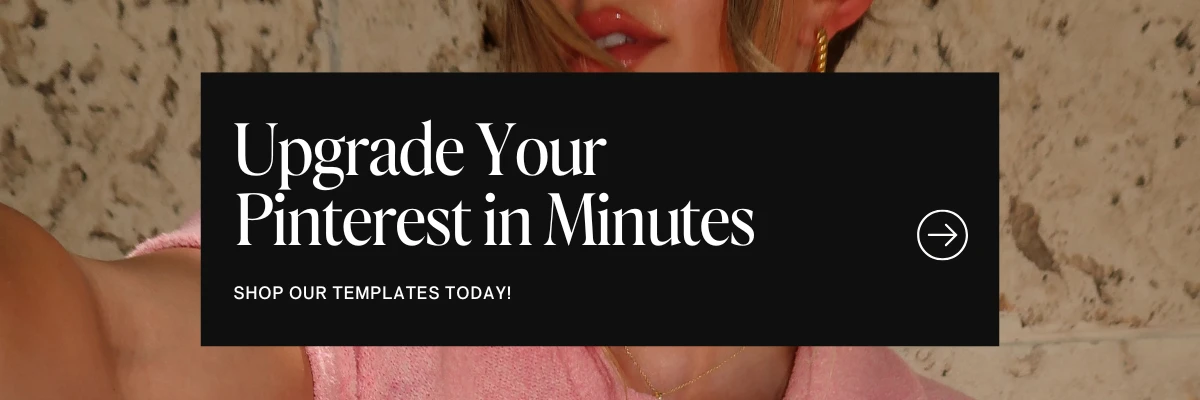
5. Keep Pinning, Curating, and Updating
Creating a new Pinterest board is just the beginning. You need to consistently add fresh pins, update board descriptions when needed, and archive pins that no longer align with your strategy.
Try to:
- Pin at least 5-10 times a week
- Update old pin descriptions with relevant keywords
- Monitor which pins are performing well and create more like them
This ongoing activity keeps your boards searchable, optimized, and aligned with Pinterest’s algorithm preferences.
Final Tips for Better Pinterest Board Performance
- Create separate boards for each category to boost clarity
- Always use keywords in your board titles, pin descriptions, and profile bio
- Avoid secret boards for blog content—keep your value front and center
- Treat your boards like mini homepages for your niche, not dumping grounds for random inspiration
- Curate intentionally: Every pin should support your overall Pinterest marketing strategy
Ready to Save Time and Get Clicks on Auto-Pilot?
If you’re tired of creating new pins from scratch every week (or worse, not creating them at all), it’s time to grab my Pinterest Templates designed specifically for bloggers.
These templates are:
✔️ Easy to use in Canva
✔️ Fully customisable to match your brand
✔️ Strategically designed for maximum clicks + saves
Click here to shop the Pinterest Template Bundle and start creating pins that stop the scroll and drive real traffic to your blog.
Let’s Wrap It Up:
Pinterest boards aren’t just pretty placeholders—they’re traffic tools. When you take the time to create Pinterest boards with intention, optimize your profile, and use a smart strategy, you unlock serious blog growth.
Now go ahead—audit, organise, and build those boards. You’ve got this.
And if you ever feel stuck? You know where to find the tools to make it easier.
Pin for later …
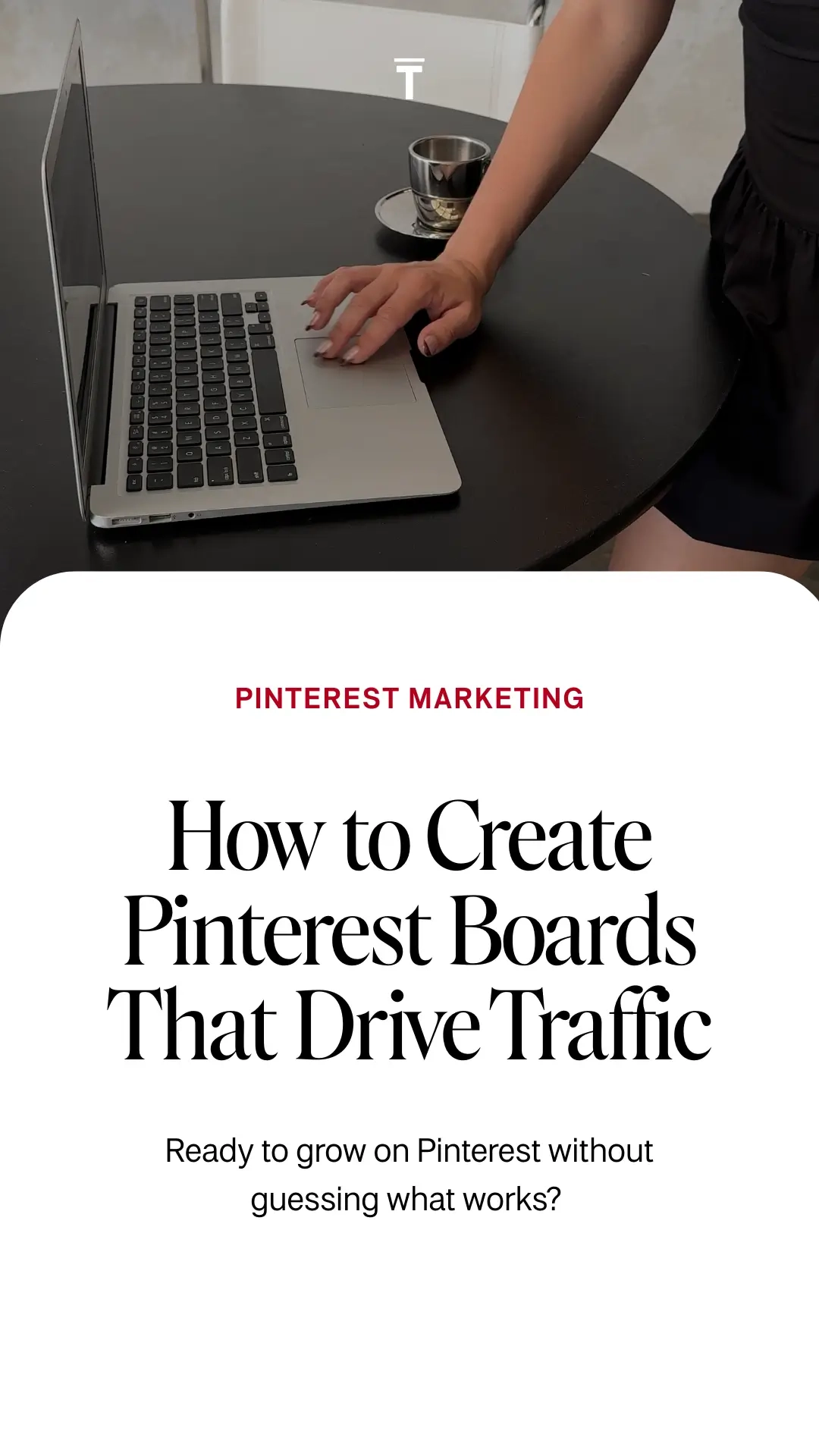
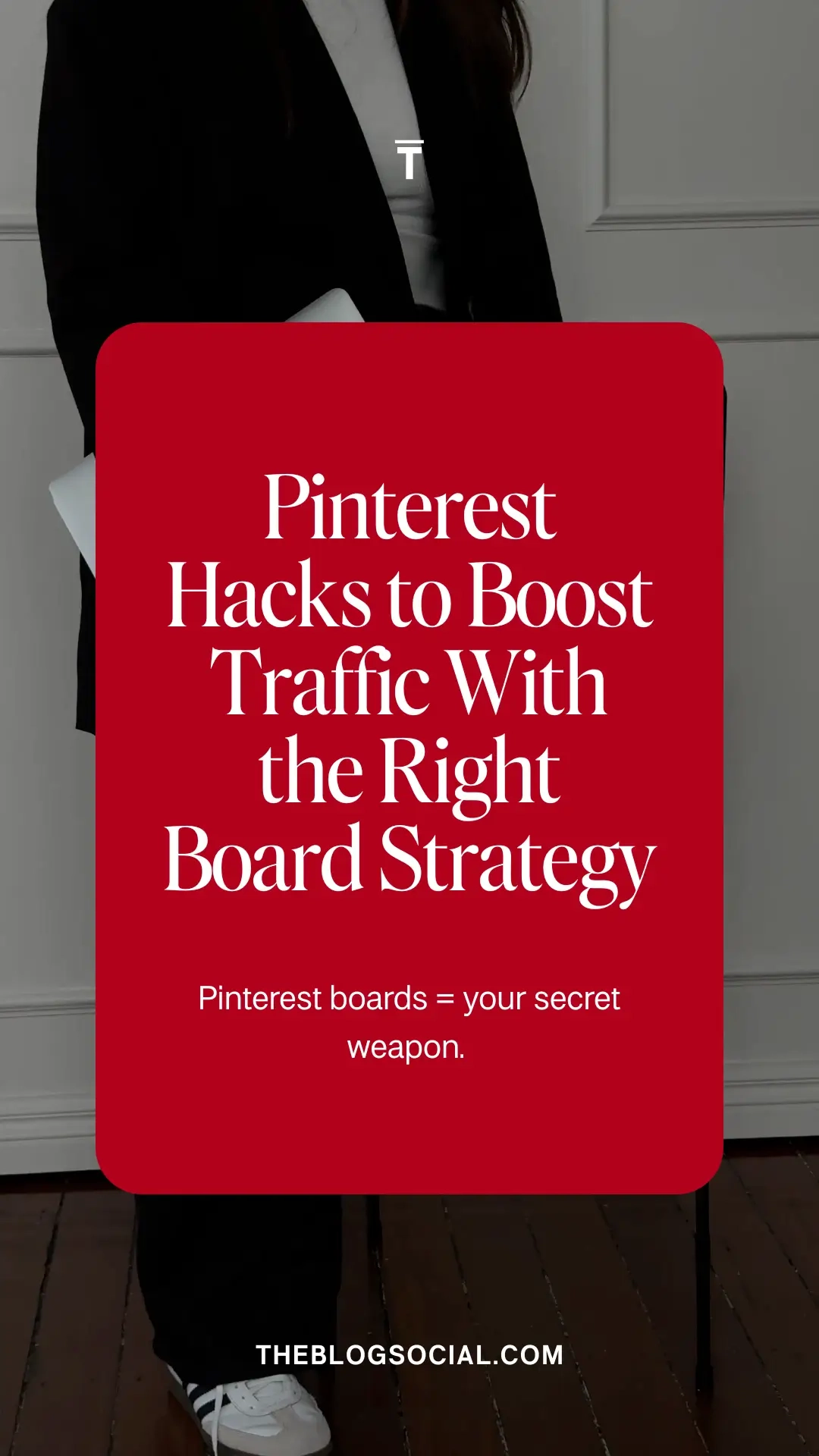








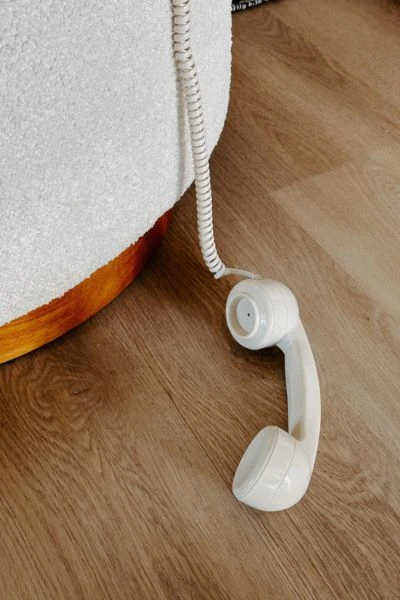
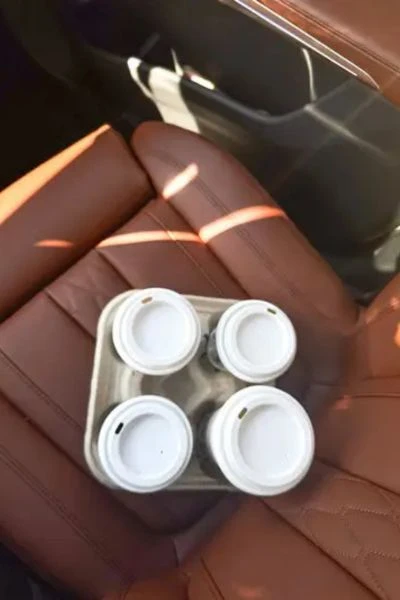

Incredible information! I need to be better about curating my pinterest boards because it can really drive a lot of traffic!
I love how comprehensive this post is, Candice!! I put a lot of work into my Pinterest back in the beginning of my blog, but have sort of abandoned it for a bit now. I need to implement your suggestions here and I bet I’d see a difference in traffic!
Hope you have an amazing August, my friend!
Make Life Marvelous